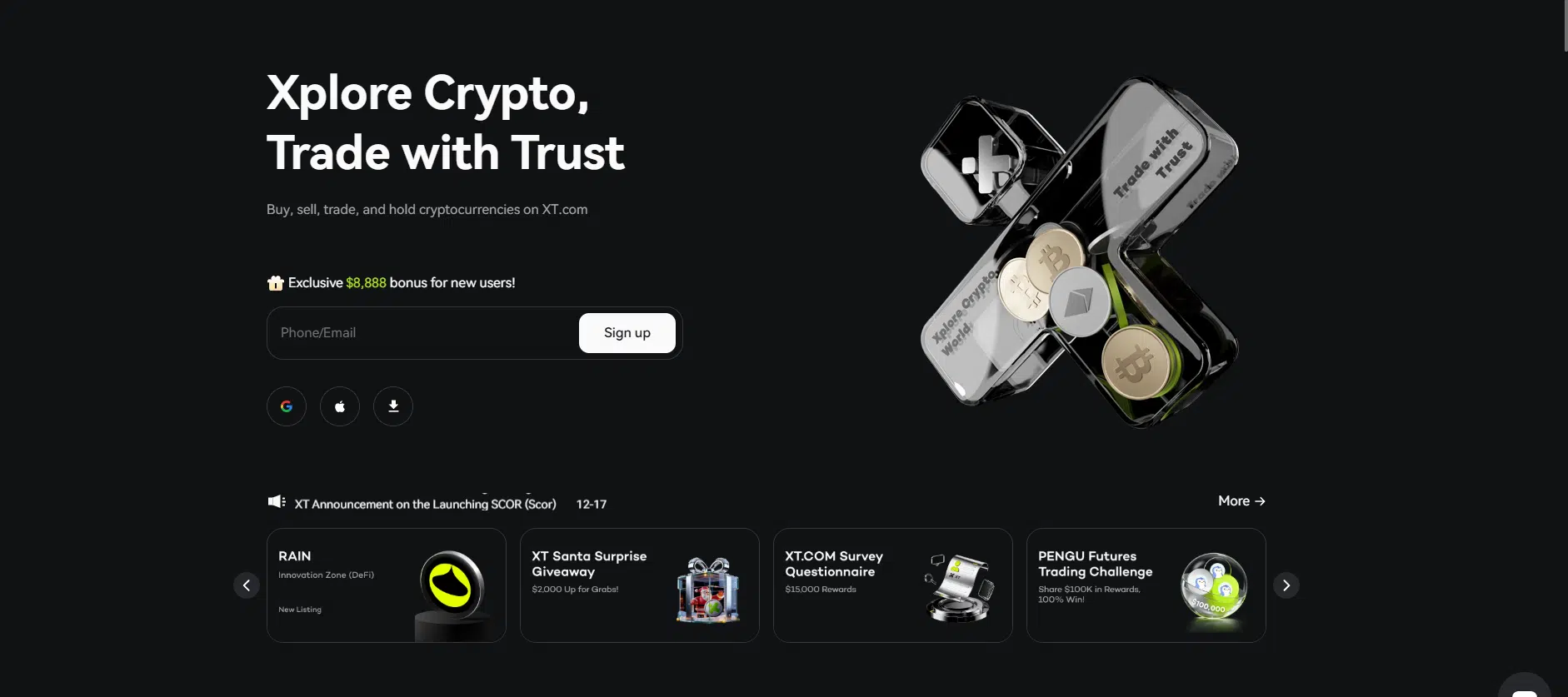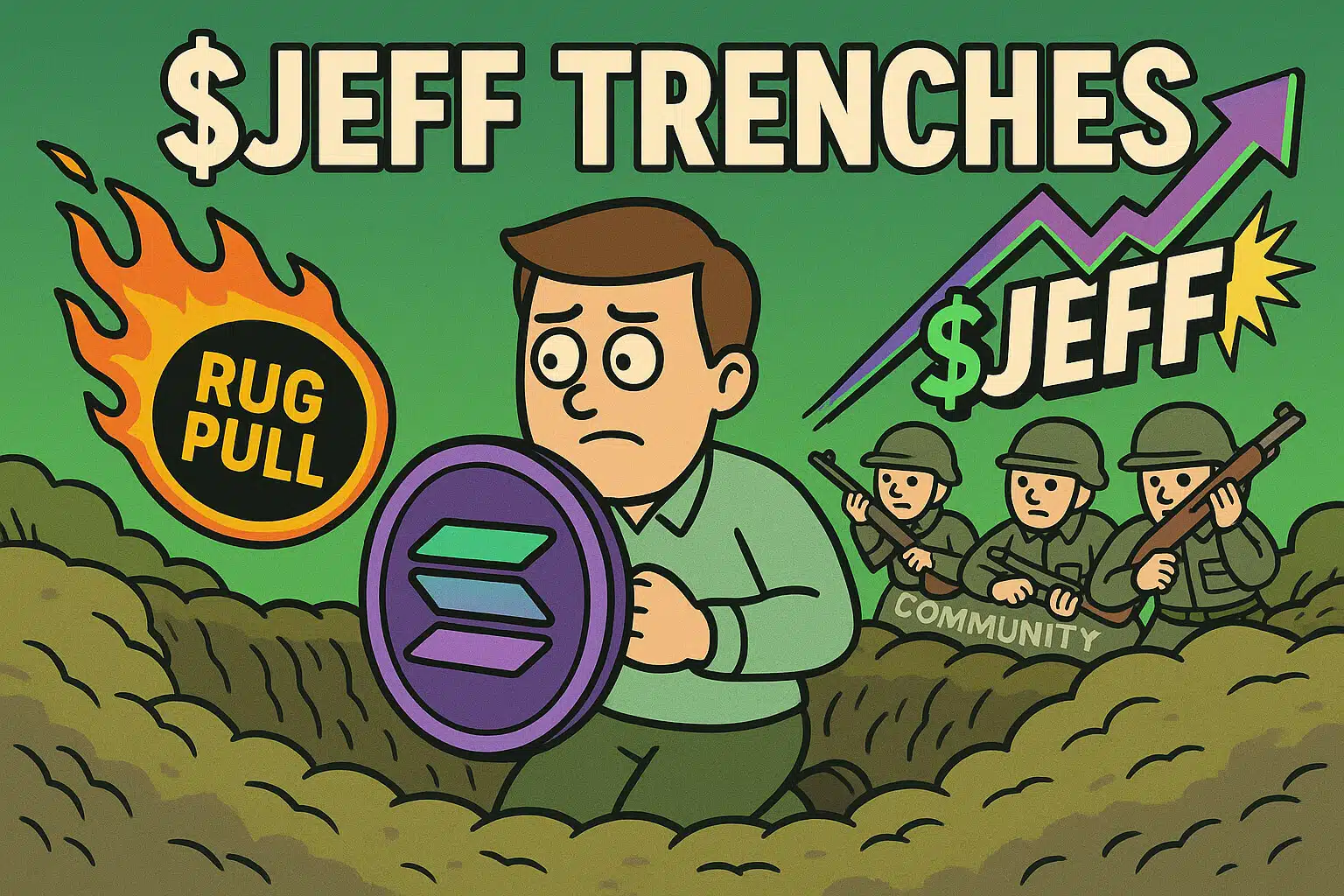1. Introduction: The Importance of Blockchain Interoperability
As blockchain technology continues to evolve, different networks have emerged, each with its unique features, consensus mechanisms, and use cases. While this diversity fosters innovation, it also leads to fragmentation, creating isolated ecosystems that cannot communicate or interact with each other. This lack of interoperability limits the potential of blockchain technology, as users and developers face challenges when trying to transfer assets, data, or value across different networks. Blockchain interoperability aims to bridge these gaps by enabling seamless communication and transactions between disparate blockchain ecosystems. This article explores the leading projects and protocols that are driving blockchain interoperability, helping to create a more connected and efficient decentralized world.
Why Blockchain Interoperability Matters:
Interoperability allows different blockchain networks to work together, enabling cross-chain transactions, data sharing, and collaboration. This interconnectedness is crucial for building a more robust and versatile blockchain ecosystem.
2. Leading Projects and Protocols for Blockchain Interoperability
2.1 Polkadot: A Multi-Chain Network for Cross-Blockchain Transfers
Polkadot is one of the most prominent projects focused on blockchain interoperability. Created by Dr. Gavin Wood, one of the co-founders of Ethereum, Polkadot is a multi-chain network that connects different blockchains, known as “parachains,” allowing them to communicate and share information securely. The Polkadot network operates with a relay chain at its core, which coordinates the consensus and interoperability between connected parachains. By enabling cross-chain transfers of assets and data, Polkadot aims to create a truly decentralized web where blockchains can seamlessly interact.
- Key Features:
- Relay Chain: The central chain that facilitates communication and consensus among connected parachains.
- Parachains: Independent blockchains that operate on the Polkadot network and benefit from shared security.
- Cross-Chain Communication: Enables the transfer of data and assets across different blockchains connected to Polkadot.
- On-Chain Governance: Polkadot features a robust governance model that allows stakeholders to influence network upgrades and changes.
2.2 Cosmos: The Internet of Blockchains
Cosmos, often referred to as “The Internet of Blockchains,” is another leading project in the blockchain interoperability space. Cosmos aims to create an ecosystem of interconnected blockchains that can scale and interoperate with each other. The Cosmos network uses the Tendermint consensus algorithm and the Inter-Blockchain Communication (IBC) protocol to enable secure and efficient communication between different blockchains. By providing a framework for building custom blockchains and connecting them through the Cosmos Hub, Cosmos facilitates the transfer of assets and data across various networks.
- Key Features:
- Tendermint Consensus: A Byzantine Fault Tolerant (BFT) consensus mechanism that provides security and scalability for the network.
- Inter-Blockchain Communication (IBC): A protocol that enables secure communication and data transfer between different blockchains.
- Cosmos Hub: The central blockchain in the Cosmos network that connects multiple blockchains and facilitates cross-chain transactions.
- SDK for Custom Blockchains: Cosmos provides a software development kit (SDK) that allows developers to create custom blockchains that can interoperate with the Cosmos ecosystem.
2.3 Chainlink: Decentralized Oracles for Cross-Chain Data
Chainlink is a decentralized oracle network that plays a crucial role in blockchain interoperability by connecting smart contracts to external data sources, APIs, and other blockchains. While not a traditional interoperability protocol, Chainlink facilitates cross-chain communication by providing secure and reliable data feeds to smart contracts on various blockchain networks. Chainlink’s Cross-Chain Interoperability Protocol (CCIP) is an emerging solution that aims to enable seamless cross-chain messaging and token transfers between different blockchains, further enhancing its role in blockchain interoperability.
- Key Features:
- Decentralized Oracles: Chainlink provides secure and reliable data feeds from external sources to smart contracts.
- Cross-Chain Interoperability Protocol (CCIP): An upcoming protocol that will enable cross-chain messaging and token transfers.
- Secure Data Feeds: Chainlink’s decentralized oracles ensure the integrity and reliability of data used by smart contracts.
- Wide Adoption: Chainlink is widely integrated with various blockchain networks, making it a key player in blockchain interoperability.
2.4 Quant Network: Overledger for Cross-Platform Interoperability
Quant Network is a blockchain project that focuses on cross-platform interoperability through its Overledger operating system. Overledger allows different blockchains to connect and interact with each other, enabling cross-chain applications and transactions. Unlike other interoperability solutions, Quant Network is designed to work not only with blockchain networks but also with traditional systems, making it a versatile solution for enterprise adoption. Overledger’s multi-chain applications (mApps) can operate across different blockchains, allowing developers to build solutions that leverage the strengths of multiple networks.
- Key Features:
- Overledger Operating System: A cross-platform solution that enables interoperability between blockchains and traditional systems.
- Multi-Chain Applications (mApps): Applications that can operate across different blockchains, leveraging their unique features.
- Enterprise Integration: Quant Network is designed to work seamlessly with both blockchain networks and traditional enterprise systems.
- Cross-Chain Transactions: Overledger enables secure and efficient transactions between different blockchains.
2.5 Aion: Bridging Blockchain Networks
Aion is a multi-tier blockchain network that focuses on enabling interoperability between different blockchains. Aion aims to create a federated blockchain ecosystem where different networks can communicate and transfer data and assets. The Aion network uses a unique bridging mechanism that connects different blockchains, allowing them to interact while maintaining their independence. By facilitating cross-chain transactions and data sharing, Aion seeks to enhance the functionality and scalability of blockchain networks.
- Key Features:
- Bridging Mechanism: Aion’s unique bridging mechanism connects different blockchains, allowing for cross-chain communication.
- Federated Blockchain Ecosystem: Aion creates an interconnected ecosystem where different blockchains can operate and collaborate.
- Cross-Chain Transactions: Aion enables secure and efficient transactions between different blockchains.
- Scalability Solutions: Aion’s interoperability solutions help improve the scalability of blockchain networks.
3. The Importance of Blockchain Interoperability

Blockchain interoperability is essential for the future of decentralized ecosystems, as it enables different networks to work together, share data, and transfer assets without the need for centralized intermediaries. Interoperability enhances the functionality, scalability, and usability of blockchain networks, making them more versatile and accessible. As more projects and protocols focus on interoperability, the blockchain ecosystem will become more connected, allowing for the seamless integration of different networks and the creation of more complex and innovative decentralized applications.
- Key Benefits of Blockchain Interoperability:
- Enhanced Functionality: Interoperability allows different blockchains to work together, increasing their overall functionality.
- Scalability: Interoperability solutions help improve the scalability of blockchain networks by enabling cross-chain transactions and data sharing.
- Innovation: Interoperability fosters innovation by allowing developers to build complex applications that leverage the strengths of multiple blockchains.
- User Experience: Interoperability improves the user experience by enabling seamless interactions between different blockchain networks.
Conclusion: Blockchain Interoperability as a Catalyst for Decentralization
Blockchain interoperability is a crucial aspect of the future of decentralized technology. By enabling different blockchains to communicate and interact, interoperability solutions enhance the functionality, scalability, and innovation of the blockchain ecosystem. Projects like Polkadot, Cosmos, Chainlink, Quant Network, and Aion are leading the way in developing protocols and platforms that bridge the gaps between isolated networks, creating a more connected and efficient decentralized world. As these projects continue to evolve, blockchain interoperability will play an increasingly important role in the growth and adoption of decentralized technologies.
For more insights and detailed analysis on blockchain interoperability, explore our Blockchain Technology Guides section.
Stay Updated
For the latest updates on blockchain interoperability projects and protocols, follow us on:
Stay informed with the latest strategies and insights in the world of blockchain at FreeCoins24.io.
Special Offer
Looking to explore blockchain interoperability solutions? Sign up on Bybit today and take advantage of up to $30,000 in deposit bonuses. Start building on interconnected blockchain networks.

















